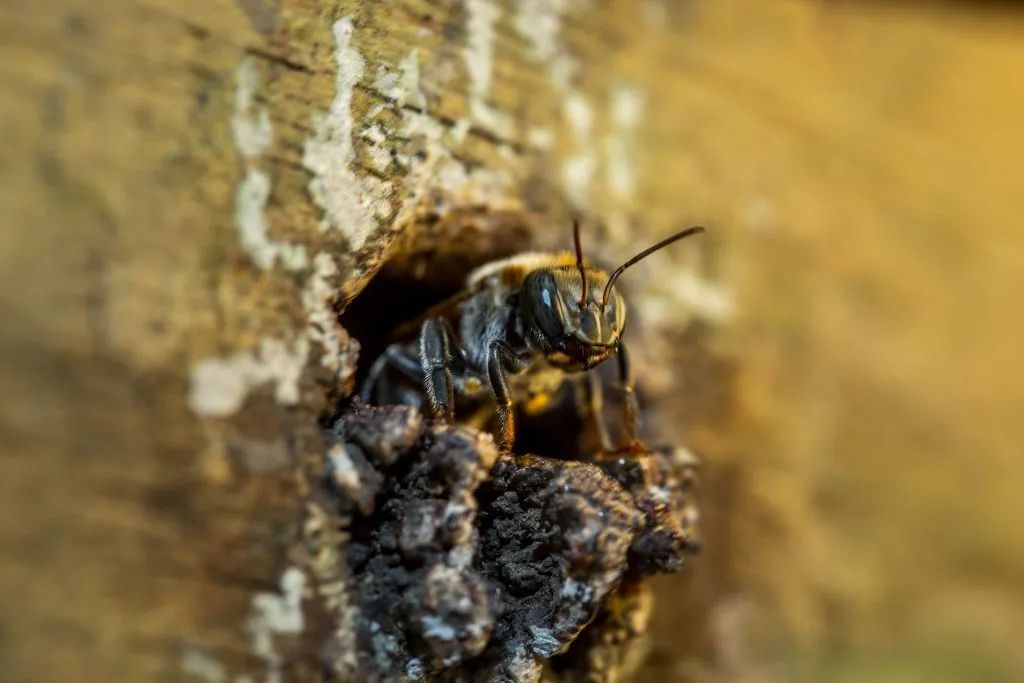In the heart of the Peruvian Amazon, a team of researchers led by Marilena Marconi from the Department of Environmental Biology at the University of Roma “La Sapienza” has uncovered a fascinating world of microscopic diversity on the legs of stingless bees. Their study, published in PeerJ (an open-access, peer-reviewed journal), reveals a high diversity of setae—hair-like structures—on the hind tibiae and basitarsi of these tiny pollinators, shedding light on their adaptive specializations and functional ecology.
Stingless bees, part of the corbiculate bee group, are known for their unique pollen-collecting structure called the corbicula. However, their foraging behaviors vary widely, from flower-visiting foragers to kleptoparasites and even obligate necrophagous species. Marconi and her team focused on seven species of Peruvian stingless bees, using scanning electron microscopy (SEM) to examine the setae and pollen-handling structures on their hind legs.
The researchers classified the setae into simple and branched types, further subdividing them into various subtypes. They also described different types of penicillum, rastellum, pollen brush, and other setae covering specific areas. Notably, they found that certain types of setae are highly conserved across species, while others are unique and potentially indicative of adaptive specialization.
One of the most intriguing findings was the difference between species that have abandoned pollen foraging on flowers. For instance, Lestrimelitta sp., a robber bee, showed a simplification in the number of setal types and the absence of pollen-handling structures. In contrast, Trigona cf. hypogea, an obligate necrophagous species, exhibited the highest diversity of setae and retained most of these structures.
“This study highlights the importance of further exploring the mechanical and sensory roles of setae and expanding this research in Meliponini,” Marconi said. “Such investigations can improve our understanding of their adaptive functions and provide valuable insights into the functional ecology, taxonomy, and phylogenetic studies of these tropical pollinators.”
The implications of this research extend beyond the realm of pure science. Understanding the adaptive functions of setae in stingless bees can have significant commercial impacts, particularly in the energy sector. Bees are crucial pollinators for many crops, including those used for biofuels. By unraveling the intricate details of their pollen-handling structures, researchers can gain insights into how these bees interact with their environment and how their pollination services can be optimized.
Moreover, the study’s findings could pave the way for innovative agricultural practices and pest management strategies. For example, understanding the unique adaptations of robber bees like Lestrimelitta sp. could help in developing methods to protect crops from these pests. Similarly, the insights into the setae of obligate necrophagous species could lead to new approaches for managing bee populations in areas where traditional pollination methods are less effective.
As we delve deeper into the microscopic world of stingless bees, we open up new avenues for scientific discovery and commercial application. The work of Marconi and her team serves as a testament to the intricate beauty of nature and the potential it holds for shaping our future.

